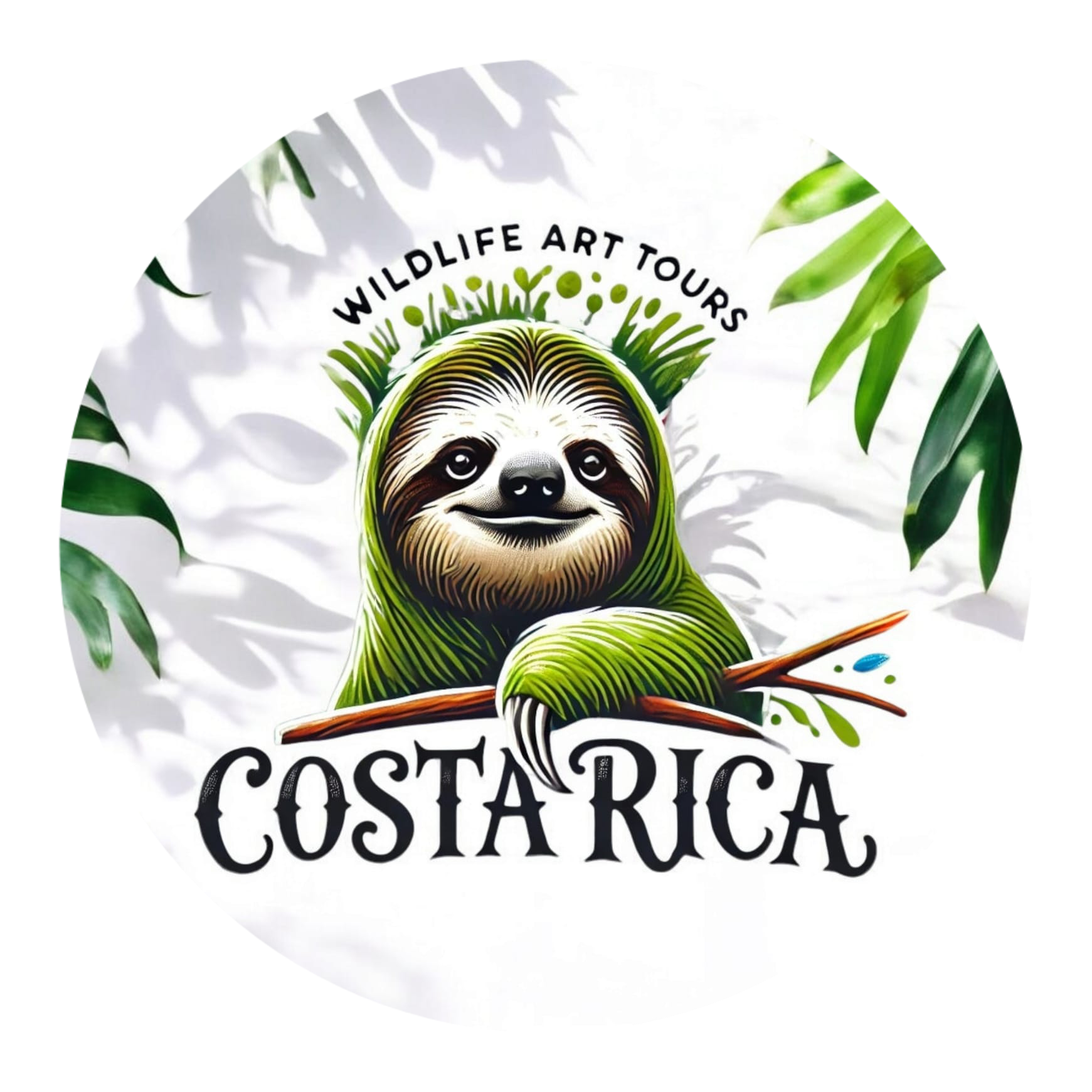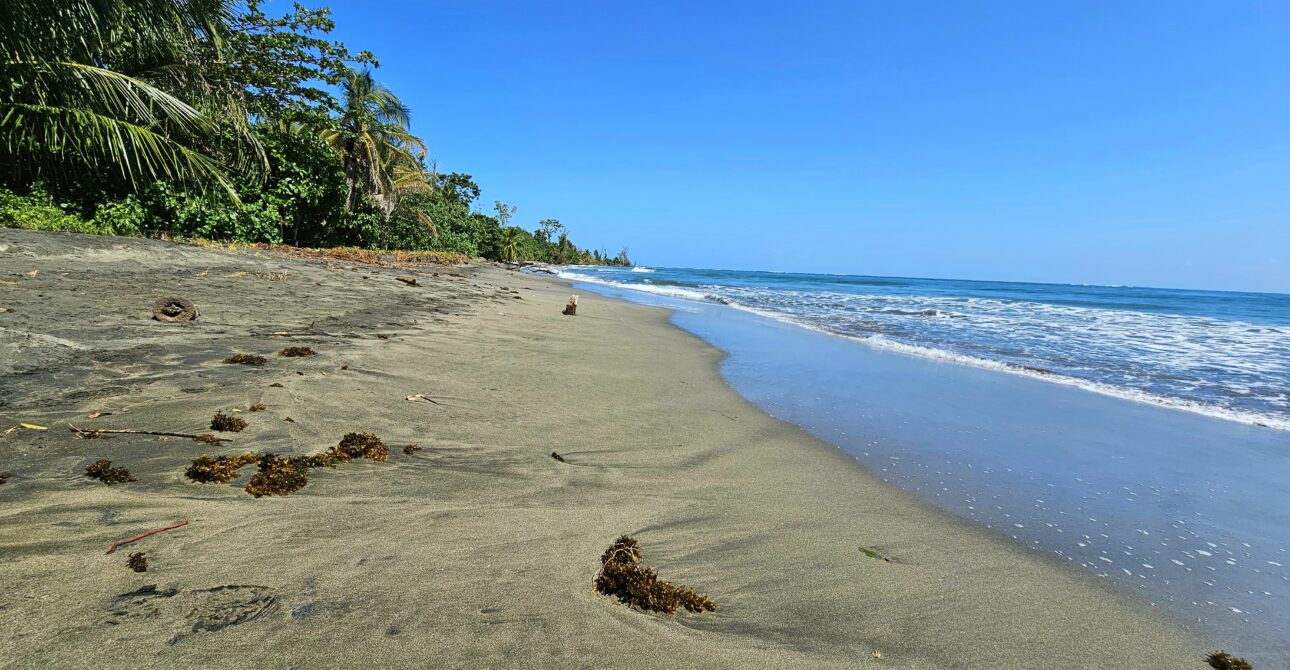The South Caribbean
 Nestled between the azure waters of the Caribbean Sea and the vibrant jungle of the Talamanca mountains, the South Caribbean region of Costa Rica is a paradise that boasts rich biodiversity, diverse cultures, and breathtaking landscapes. This enchanting area provides an ideal destination for travelers seeking adventure, relaxation, or a unique cultural experience.
Nestled between the azure waters of the Caribbean Sea and the vibrant jungle of the Talamanca mountains, the South Caribbean region of Costa Rica is a paradise that boasts rich biodiversity, diverse cultures, and breathtaking landscapes. This enchanting area provides an ideal destination for travelers seeking adventure, relaxation, or a unique cultural experience.
Natural Wonders
The South Caribbean is home to several stunning protected areas, including Cahuita National Park, Gandoca-Manzanillo Wildlife Refuge among others .Here, visitors can explore lush rainforests, pristine beaches, and coral reefs teeming with wildlife.
- Cahuita National Park
Cahuita National Park is a stunning natural reserve located on Costa Rica’s South Caribbean coast, just south of the vibrant town of Cahuita. Established in 1970, this park stretches approximately 1,100 hectares (about 2,700 acres) of land and sea, offering a rich tapestry of ecosystems that include lush rainforests, tranquil beaches, coral reefs, and mangroves. It is renowned for its incredible biodiversity and commitment to conservation.
Biodiversity and Wildlife
Cahuita National Park is a haven for wildlife enthusiasts. Visitors can encounter over 300 species of animals, including howler monkeys, white-faced capuchins, sloths, and various species of birds, such as toucans and hummingbirds. The park also boasts a vibrant marine ecosystem featuring coral reefs, which are home to an array of tropical fish, sea turtles, and other marine life. It’s an ideal spot for snorkeling, providing a unique opportunity to observe the underwater world up close.
Scenic Trails and Beaches
The park features a network of well-maintained trails that wind through the rich jungle, offering stunning views of the Caribbean coastline. The main trail, which is approximately 8 kilometers long, can be explored on foot, and leads to several beautiful beaches ideal for relaxation, picnicking, and swimming. Some popular beaches within the park include Playa Cahuita and Playa Vargas, known for their golden sands and clear waters
Cultural Significance
Cahuita National Park holds cultural importance, as it is located near the Bribri Indigenous territory. The area provides opportunities for cultural exchange, where visitors can learn about the indigenous communities and their relationship with the environment.
Activities and Adventure
The park offers a variety of activities for outdoor enthusiasts, including:
– Snorkeling: Explore the coral reefs and discover vibrant marine life.
– Hiking:Wander through scenic trails lined with diverse flora and fauna.
-Wildlife Watching:Spot unique wildlife in their natural habitats.
-Guided Tours:Enhance your experience with knowledgeable guides who share insights about the park’s ecology and history.
Conservation Efforts
Cahuita National Park is dedicated to preserving its natural beauty and biodiversity. Efforts include marine conservation initiatives to protect coral reefs and wildlife conservation programs to maintain the delicate balance of the ecosystem.
Cahuita National Park is open year-round, with the best time to visit typically being from March to June for favorable weather conditions. Entrance to the park is free, though donations are encouraged to support conservation efforts. Whether you seek adventure in nature, relaxation on stunning beaches, or a deeper understanding of the region’s ecosystems, Cahuita National Park is a must-visit destination that promises unforgettable experiences.
Adventure Awaits
For adventure enthusiasts, the South Caribbean offers opportunities for hiking, zip-lining, and surfing. The beaches of Puerto Viejo and Cocles attract surfers from around the world, with waves catering to all skill levels. The area’s lush landscapes are perfect for hiking or mountain biking, allowing visitors to discover hidden waterfalls and panoramic views.
Rich Cultural Experience
The South Caribbean is also a melting pot of cultures, heavily influenced by Afro-Caribbean heritage. Experience the vibrant local culture through music, dance, and food. Indulge in traditional dishes, such as rice and beans cooked in coconut milk, and don’t miss the lively music festivals that celebrate the rhythms of reggae and calypso.
- Indigenous Groups
The Bribri and Cabécar are two indigenous groups located in the South Caribbean region of Costa Rica, each with distinct cultures, languages, and traditions, yet sharing some similarities due to their geographical proximity and historical interactions.
Bribri
1. Location: The Bribri primarily inhabit the Talamanca region, particularly around the Bribri River. Their communities are scattered across the southern slopes of the Talamanca Mountains.
2. Language: The Bribri language is part of the Chibchan language family. It is still spoken by many in the community, and efforts are being made to preserve it among younger generations.
3. Social Structure: Bribri society is typically organized around extended families and clans. They have a matrilineal system, meaning lineage is traced through the mother, and inheritance often follows this line.
4. Economy: Traditionally, the Bribri people are engaged in subsistence agriculture, cultivating crops like corn, beans, and cacao. Cacao, in particular, is culturally significant, often used in traditional rituals and as a food source.
5. Spirituality: Their belief system is deeply connected to nature, and they practice a form of animism, where they believe that natural elements possess spirits. Rituals and ceremonies often aim to honor these spirits and maintain harmony with the environment.
6. Cultural Practices: The Bribri are known for their traditional crafts, including weaving and pottery. They also have rich oral traditions that include myths, stories, and songs that reflect their worldview.
Cabécar
1. Location: The Cabécar community is also situated in the Talamanca region, with the largest population found in the Cabécar Indigenous Reserve, which is near the Bribri territories.
2. Language: The Cabécar language, like Bribri, is from the Chibchan family of languages. It is spoken by many community members, and preservation efforts are similar to those of the Bribri.
3. Social Structure: Cabécar society tends to be organized in a more flexible kinship system, with significant importance placed on communal living and cooperation.
4. Economy: The Cabécar are also primarily agriculturalists, with a focus on subsistence farming. They cultivate crops such as beans, maize, and tubers, often complemented by hunting and gathering activities.
5. Spirituality: Cabécar spirituality is closely tied to their understanding of the land and nature. They believe in a complex system of deities and spirits that govern various aspects of life and the environment, and rituals often focus on maintaining balance and respect for these forces.
6. Cultural Practices: The Cabécar community engages in various cultural expressions, including traditional music, dance, and handicrafts. They have a rich narrative tradition that communicates history, ethics, and cosmology through storytelling.
Similarities and Challenges
Both the Bribri and Cabécar peoples face similar challenges, including the impacts of globalization, land rights issues, and the pressure to preserve their cultural identities in the face of modernization. Many members of both communities continue to fight for recognition and rights over their ancestral lands while promoting initiatives for cultural preservation and education for future generations.
In summary, the Bribri and Cabécar cultures are marked by rich traditions, deep connections to their environment, and resilient communities striving to retain their identities amidst contemporary challenges.
Perfect Getaway
Whether you’re looking to relax on picturesque beaches, immerse yourself in nature, or explore the rich cultural heritage, Costa Rica’s South Caribbean has something for everyone. With its laid-back atmosphere and a focus on sustainability, visitors can enjoy a tranquil escape while taking part in eco-friendly activities.
Plan Your Adventure
Join us in exploring the stunning beauty and diverse experiences that Costa Rica’s South Caribbean has to offer. With our carefully curated tours, you can create unforgettable memories, whether you’re a solo traveler, a couple on a romantic getaway, or a family on an adventure. Book your trip today and experience the magic of the South Caribbean!
© All Rights Reserved.
© All Rights Reserved.

